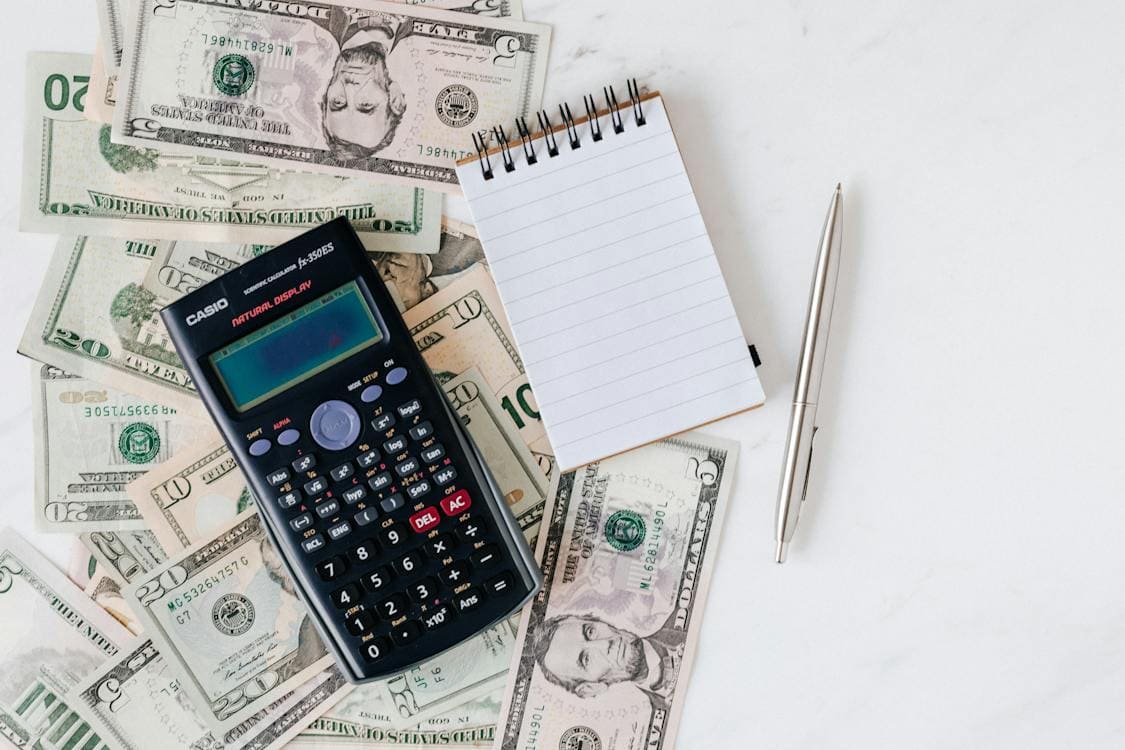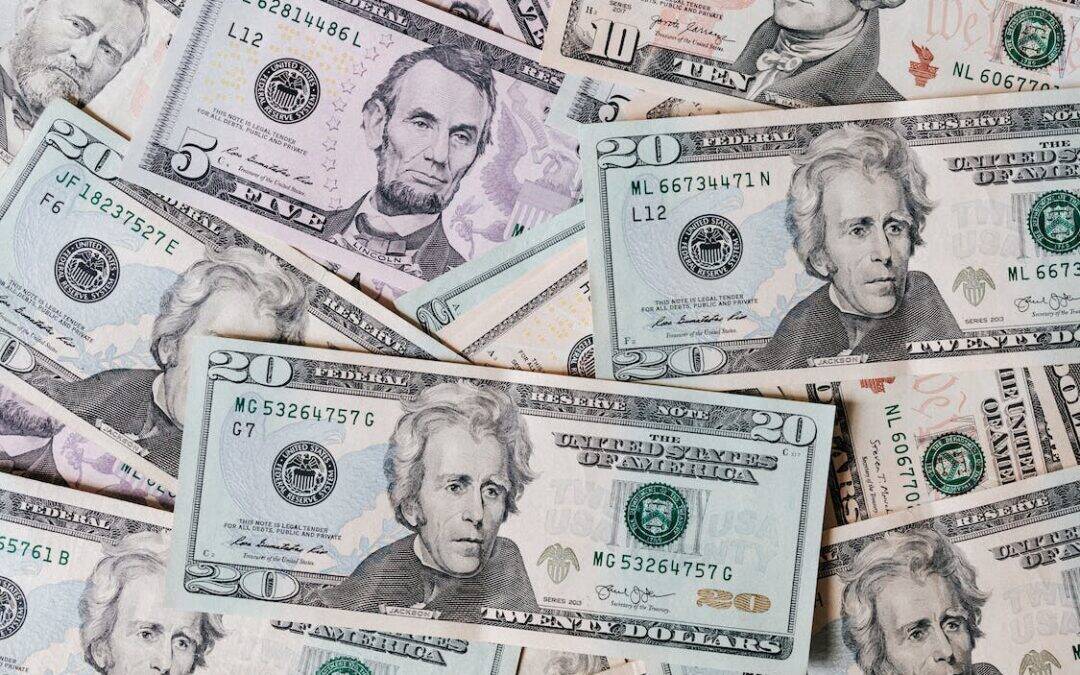Knowing your net worth is a great way to measure your progress in reaching your financial goals. It’s a simple figure that represents the total value of all your assets minus the total value of your liabilities.
Assets include cash, money in checking and savings accounts, investment account balances, property and high-value items like jewelry. Liabilities are anything that you owe.
List Your Assets
Net worth is a way of assessing a person’s total wealth by adding up all the assets they own and subtracting all the debts they owe. This number can be used to track a person’s financial health, establish long-term financial goals and help them take control of their money. It is also often used by banks and credit agencies to evaluate a person’s application for a loan. An article in thenybanner.com can help you learn how to use your money in order to build your assets just like celebrities do.
There are two main categories of assets to consider when calculating your net worth: physical and financial. Financial assets include all your investments, savings and cash deposits. Valuable personal items, such as jewellery and artwork, also fall under this category if they have significant resale value. Real estate, such as a home or an apartment building, is considered a financial asset as are retirement accounts such as 401(k)s, individual retirement account (IRA), 403(b) plans and pensions.
To calculate the value of these assets, use fair market values as determined by sales and appraisals for similar items in your area. In addition, be sure to count the current equity in your home and other property, as well as any liquid investments you have that can be sold quickly.
Liabilities are calculated by listing everything you owe, such as a mortgage and other home loans, car payments, personal loans, credit card balances, alimony payments and back taxes. The quickest way to list your liabilities is to use an online calculator, such as Ent’s Money Insight, which will automatically calculate the total value of your assets and debts for you.
The value of your assets and liabilities is then subtracted to produce your net worth. A positive net worth indicates that the value of your assets covers all your debts, providing you with a financial cushion in case of an emergency. A negative net worth, however, indicates that your liabilities exceed the value of your assets, leaving you with a debt load that you may struggle to pay off.
If you are looking to make a big purchase, such as a new home or vehicle, it is important to know your net worth so you can make a sound decision based on your budget. Additionally, many individuals are now being asked to provide their net worth by financial institutions as part of the application process for a home or business loan. This calculation gives the lender an idea of a person’s overall financial situation and whether or not they are likely to be able to afford monthly mortgage or loan payments. To be successful in the long run, it is important to be aware of your net worth and to update it frequently. This will ensure that you are on track to reach your financial goals. If you aren’t, it may be time to reevaluate your financial strategy.
Subtract Your Liabilities

Your net worth is the value of all your assets minus all your liabilities. It’s a snapshot of your financial health at one point in time, and it can help you identify areas where you can improve your finances. A net worth calculator can help you determine this number by listing all your assets and liabilities and subtracting them to find the value of your net worth.
Assets include anything that has value, from money in your bank accounts to property you own to possessions like your car and clothing. You’ll also want to consider the amount of debt you have. However, you should only count the debt you actually owe, not your future debt or potential debt. This includes things like your mortgage, credit card debt and auto loans.
To calculate your total assets, you’ll want to add up the values of all your possessions. This will include any money in your checking or savings account, stocks and bonds, retirement accounts, home equity and even that stash of cash under your mattress. You’ll want to be as accurate as possible when adding up your assets, so make sure you take a close look at everything and include the best estimate of the value of each item.
Liabilities, on the other hand, are all of your outstanding expenses and debts. It’s easy to overlook some of these costs, so it’s important to be accurate when determining the value of your debt. To get a true picture of your liabilities, you’ll need to look at your most recent loan statements or credit card balances.
You’ll want to subtract your total liabilities from your total assets to find your net worth. The goal is to have more assets than debt, but if your liabilities are greater than your assets, you’ll need to take steps to decrease your debt before trying to increase your net worth.
You can use a free online net worth calculator to determine your current net worth and see how it compares to other people’s. You can also use a spreadsheet to track your net worth over time to see how your investments are paying off over time. Either way, keeping an eye on your net worth can help you stay on track with your financial goals and make better decisions about your spending habits. The more you can reduce your debt, the faster you’ll be able to build up your savings and begin investing. Then, once you’ve reached a positive net worth, you can focus on building up your wealth even more. Good luck!
Add Up Your Totals
The last step in the net worth formula is to subtract your liabilities from your assets. This gives you the final number that represents your net worth, which should be more or less consistent over time. This number is an important measurement of your progress toward financial goals. If your debts are much larger than your assets, you should make a priority of paying down those debts before investing or saving money. If your assets are more than your debts, you should continue to save and invest, as those investments will eventually grow to offset what you owe.
Depending on how many assets and liabilities you have, it can be challenging to assign a value to everything. Some items, like your cash and outstanding bills, will have obvious values, while others may require a bit more work to figure out. This could include things such as the current market value of your home and other property, the value of your car(s) and personal belongings (like jewelry, collectibles, etc.), the value of your stock investments and the current market value of any other property you own, such as a business or rental properties.
While it might seem tedious to list out all of your assets and liabilities, the process can help you become more financially savvy and is well worth your time. The best part is that once you’ve done it once, you can easily do it again and again to see how your finances change over time.
It’s also helpful to track your net worth on a regular basis to keep you accountable for the steps you’re taking towards your financial goals. If you find yourself spending more than you’re making, your net worth will fall, and it’s a good idea to review your budget to determine what changes need to be made.

